#hopps wilde
Explore tagged Tumblr posts
Text
oh 😭


#lesbian#lesbians#wlw#caitvi x reader#caitvi#caitlyn kiramman#caitlyn arcane#vi arcane#arcane#zootopia#judy hopps#nick wilde#caitlyn kiramman x reader#caitlyn kiramman x you#vi x caitlyn#vi x reader#vi x you#vi x y/n
2K notes
·
View notes
Photo
Why Not...


Nick x Judy Source: @betsyque
#source: @betsyque#judy x nick#nick x judy#judy wilde#judy hopps#nick and judy#judy and nick#nick wilde and judy hopps#judy hopps x nick wilde#nick wilde#zootopia art#zootopia#cute bunny#cute#zootopia fan art#I can't stop shipping#wilde x hopps#wilde hopps#hopps wilde
33 notes
·
View notes
Text
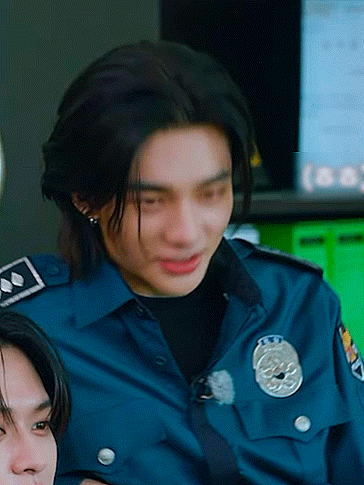
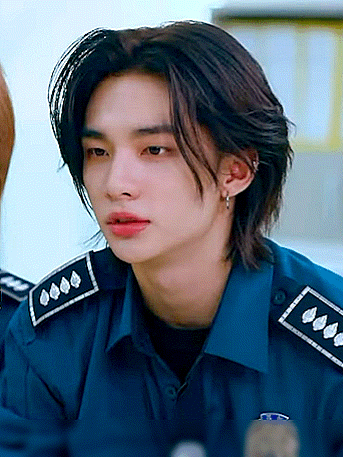
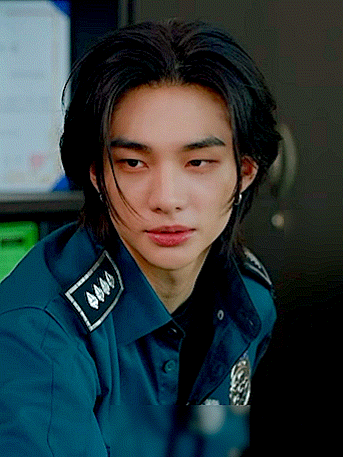
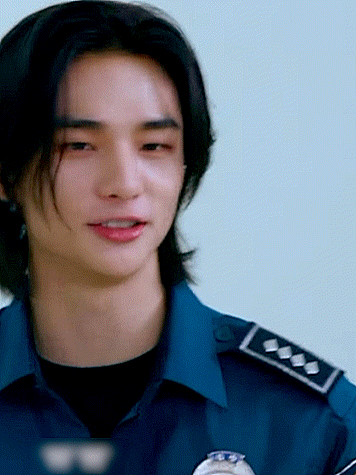
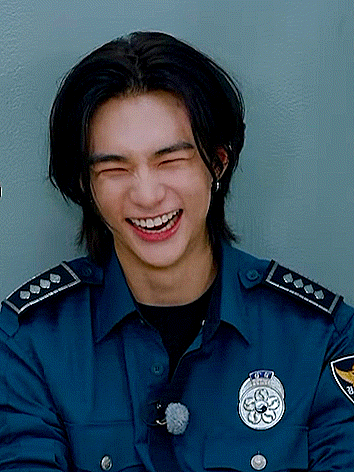
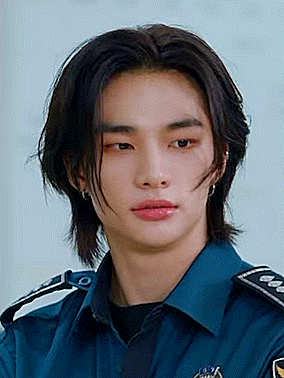
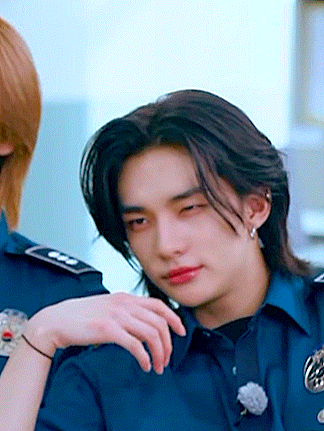
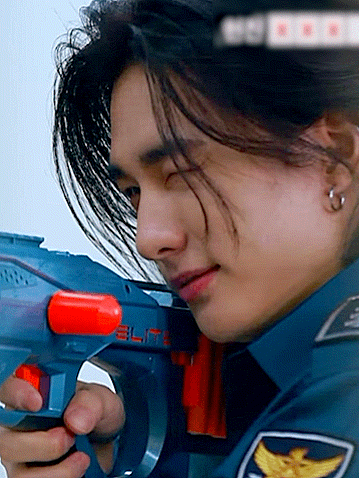
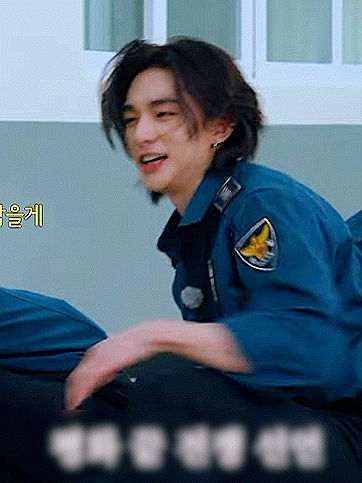
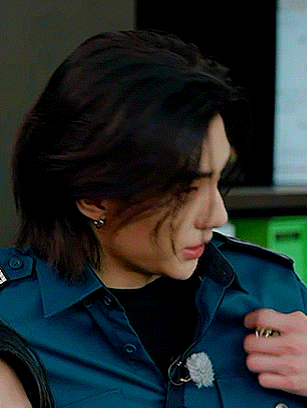
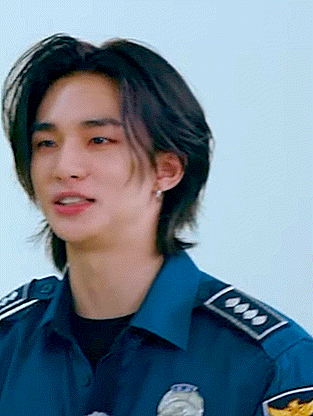
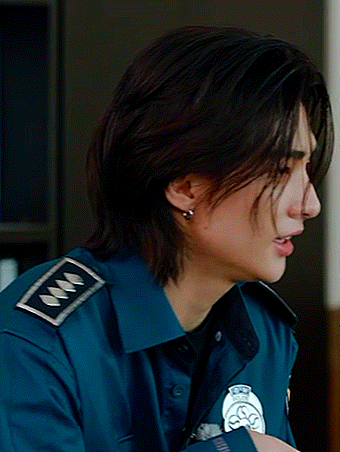
HYUNJIN | SKZ CODE EP. 53
#hyunjin#skz#stray kids#bystay#staydaily#gifs#graduated in the same class with judy hopps from zootopia#they both have the same agenda: to make the world a better place. and he does it just by existing#isn’t that wild
1K notes
·
View notes
Text

second wip
819 notes
·
View notes
Text

zootopia
809 notes
·
View notes
Text
“Characters a and b need to go their separate ways at the end of a Disney sequel to show their growth and development” is so tired and dumb. I need Zootopia 2 to do the opposite. Make Judy and Nick so insanely dependent on each other that it’s borderline unhealthy and it remains that way for the entire duration of the film. Have them get separated during a big chaos scene and make them go absolutely feral. Nick panicking like he did in the first movie, screaming and hurriedly looking everywhere for her. Judy becoming so stressed and anxious that she instinctively reaches for Nick’s paw only to go crazy when she realizes he’s not there.
Seriously disney give me codependent wildehopps and my life is yours
413 notes
·
View notes
Text

Heyyy they're back!🦊🐰
#my art#digital art#digital drawing#fan art#sketch#art#drawing#illustration#disney#disney art#disney fanart#zootopia#zootropolis#nick wilde#judy hopps#zootopia 2
787 notes
·
View notes
Text
Nick Wilde 🦊

#fanart#procreate#artwork#drawing#art#sketch#zootopia#zootopia 2#nick wilde#judy hopps#Nick zootopia#disney#judy zootopia#outfit
424 notes
·
View notes
Text
I don’t see a lot of people talk about how Eugene, Nick and Maui are almost the same characters.

*this post is only within their first movies for a fair comparison i’m not including anything from sequels/spinoffs/series etc, but you’re welcome to reblog and add your own 2 cents of course

Well not basically the same but there’s more similarities than differences,
*i’m bad at explaining will probably edit later cause the wording is so awkward
• Older guy, trickster/thieves, deadpan snarkers, with superiority inferiority/inferiority superiority complexes and troubled past forms an unlikely bond/friendship with young, cute, all loving, badass princess heroine.


• Heroine drags/threatens/blackmails them to take them on their mission


• They gave in, on their way they take them to a possibly dangerous place in hopes to intimidate them
• They gave them special nicknames:
- Rapunzel “Blondie”
- Judy “Carrots”
- Moana “Curly”
• Their relationship grow, they become more vulnerable around the heroine, enough to tell them about their unfortunate backstories


• They grow closer. They become the better versions of themselves

*With Tangled (Eugene/Rapunzel) being the only one to end up together romantically
In a nutshell:
Eugene/Nick/Maui, in the beginning of their movies: I need to get this brat off my back. Maybe i can smooth talk my way out of this, or just trick her.
Eugene/Nick/Maui: * takes advantage of their naivety, belittles them, ditches them *
Rapunzel/Judy/Moana: * persisted *
Eugene/Nick/Maui: UGH she’s so annoying, but she’s so brave/she saved my ass/inspired me, now I’m vulnerable enough to tell her my whole sad backstory
Rapunzel/Judy/Moana: * are understanding and gentle *
Eugene/Nick/Maui, at the end their movies: I would die for her 🥺❤️
Edit: i just learned that all 3 of them fall in under the “Trickster” archetype
#i kinda want to make another post but with Eugene and Maui cause now after the sequel they’re more similar to each other#all 3 have significant age gap too#i swear zootopia sequel probably gonna be shippy af if moana 2 was shippy#moana 2#moana#tangled#zootopia#rapunzel#judy hopps#nick wilde#flynn rider#eugene fitzherbert#maui#hooked wayfinder#wildehopps#wildehoppes#New Dream#not really a ship post but y’all probably like this#whats eugenexrapunzel’s ship name
211 notes
·
View notes
Text

They really look like a couple 💓🦊♥️🐰
#nick wilde#zootopia#furries#furry#furry art#zootropolis#wildehopps#judy hopps#wildehopp#nick and judy#nicudy#nick x judy#nick wilde x judy hopps
441 notes
·
View notes
Text
new dynamite zootopia comic finally dropped and they’re SO cute i cannot get over this art style <3






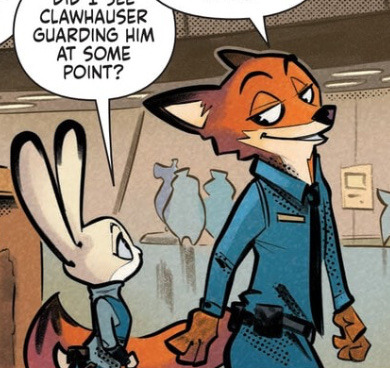



227 notes
·
View notes
Note
If you see the zootopia sequel next year, are you gonna draw another oc fan kid of Judy and Nick? Will they be a bird, amphibian, or a reptile?
Definitely interested in seeing the sequel!
Did think about adding a second child for Judy and Nick but got couldn’t decide if I should or what it should be? (debated red panda for a while there)
Maybe a reptile but let’s see how that movie plays out… until then more Otis drabbles🖤


(Judy Big; daughter of Fru Fru and god-daughter to Judy)

#disney#fanart#disney fanart#character designs#oc#next gen oc#disney next gen#next gen#nextgen#zootopia#zootopia fanart#zootopia oc#original character#original animal character#judy hopps#nick wilde#wildehopps#judy x nick#nick x judy#original characters#digital artwork#drabbles#oc artwork
241 notes
·
View notes
Text
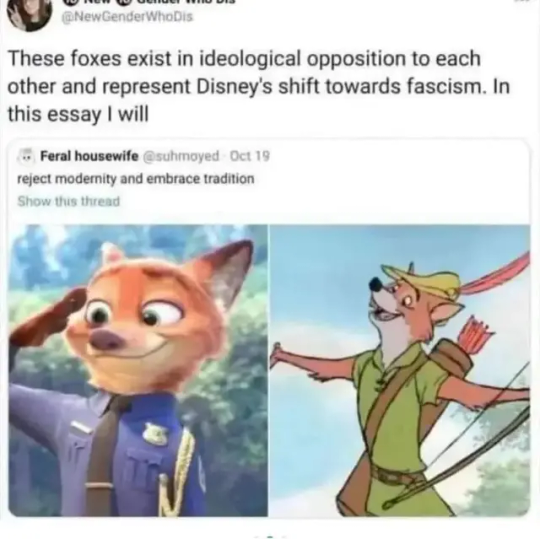
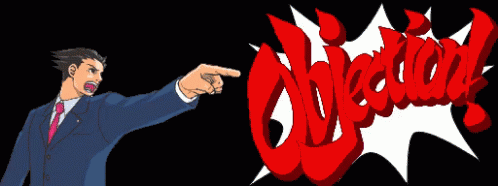
Disney's Robbin Hood marries Maid Marian at the end of the film. Since marriage between commoners and aristocracy were illegal in the time period, we can infer then that Disney's Robbin Hood uses the cannon from Richard Grafton's 16th century Chronicle at Large or latter, when Robbin Hood goes from a yeoman to a member of the aristocracy, either the Earl of Huntingdon, or the later lord Locksley.
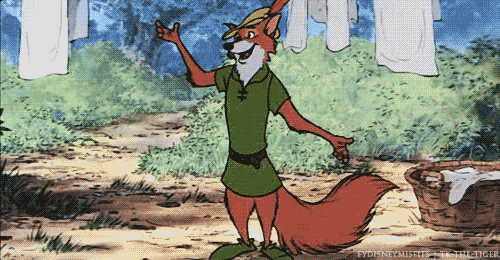
This fox is, and always has been, a member of the aristocratic 1% defending his inherited wealth, power and privilege. His vendetta against Prince John and his denouncement of him as a tyrant is personal as Prince John infinged on the rights and privileges of the Nobles, which was illegal, and lead to him taking up arms abd leading a guerilla campaign, and as soon as a Absoulute monarch he personality agrees with returns, he bends the knee in exchangefor a pardon, the restorationon his estates, and a policaly benifical marrage.
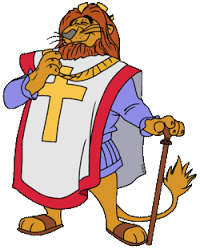
Behold the friendly face of Absoulute hereditary power!
In DnD terms, this verson of Robbin Hood is Lawfull Evil, fighting to uphold his own legal power and staiuts against an usurper.
Sad to say it given, he gave me my sexual awakening, but this fox is, and always has been, a fascist.

I mean I'd still fuck both of them but the sex with Rob would be far angrier.
This fox, this guy right here:

He's just a depressed millennial with childhood trauma running a gig economy job. He's not even doing anything particularly illegal, as shown by the only thing Judy (a frighteningly effective cop) can find to charge him with is tax evasion. He's a high functioning borderline genius level guy running street scams due to racial profiling barring access to higher education and better jobs, and once someone gives him an in he proves very very good at solving crimes. He had no ideological stake in this, he's in DnD terms true neutral tending towards chaotic neutral, but he does risk his life to stop and actual fascist coup that was happening hidden behind a facade of public safety (looks at canera), which is something. He's an everyman antihero who sells out for a job with helthcare and/or bunny boobies at the first chance he gets, very relatable.
This Fox, is and always has been, Moray grey.
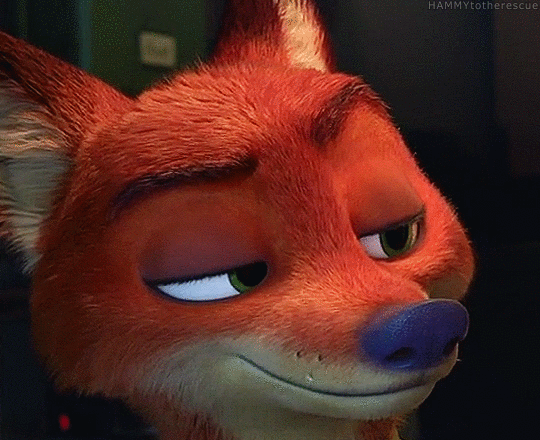
and he fucking knows it, the sexy beast.
In conclusion, Disney has always been a Conservative company filled with left leaning creators, and Sometimes thier furry kink critique of the current system leaks out and they are at their best when it does.
#disney#Robbin hood#Disneys Robbin hood#zootopia#zootropolis#nick wilde#Nicholas wilde#Nicholas piberius wilde#judy hopps#maid marian#ace attorney#fascisim#shitpost#humor#furry shit
653 notes
·
View notes
Text


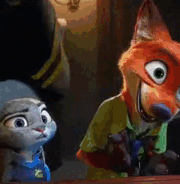





Well. That explains a lot.
#so this is why zootopia is my favorite animated movie#the parallels#they are basically the same#I think I've seen this film before#zootopia#the mentalist#jisbon#patrick jane#teresa lisbon#nick wilde#judy hopps
338 notes
·
View notes
Text

LOOK AT THEM!! It's like they're tourists wearing cute fishing gear together 🥰
#I know they're investigating#but a girl can dream#zootopia#nick wilde#judy hopps#wildehopps#wilde hopps#disney d23#zootopia 2
435 notes
·
View notes
